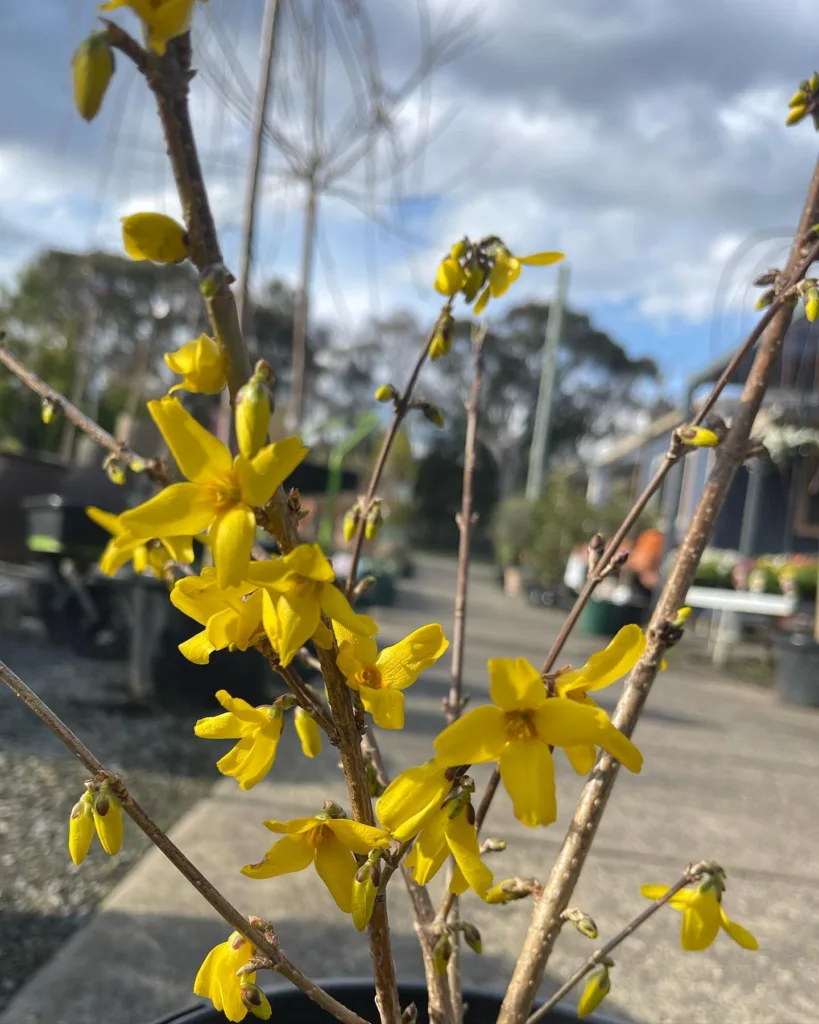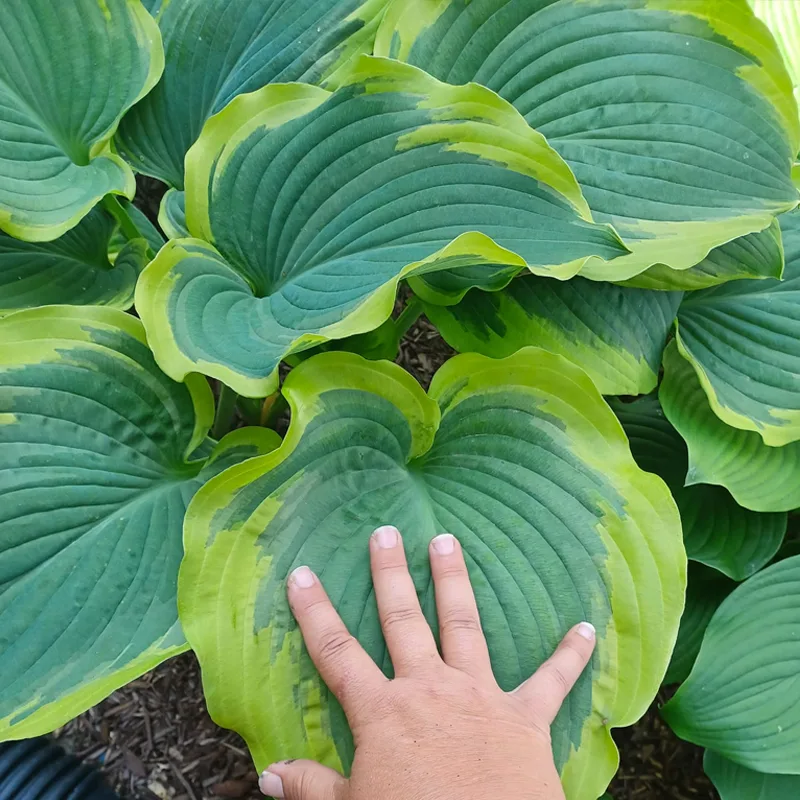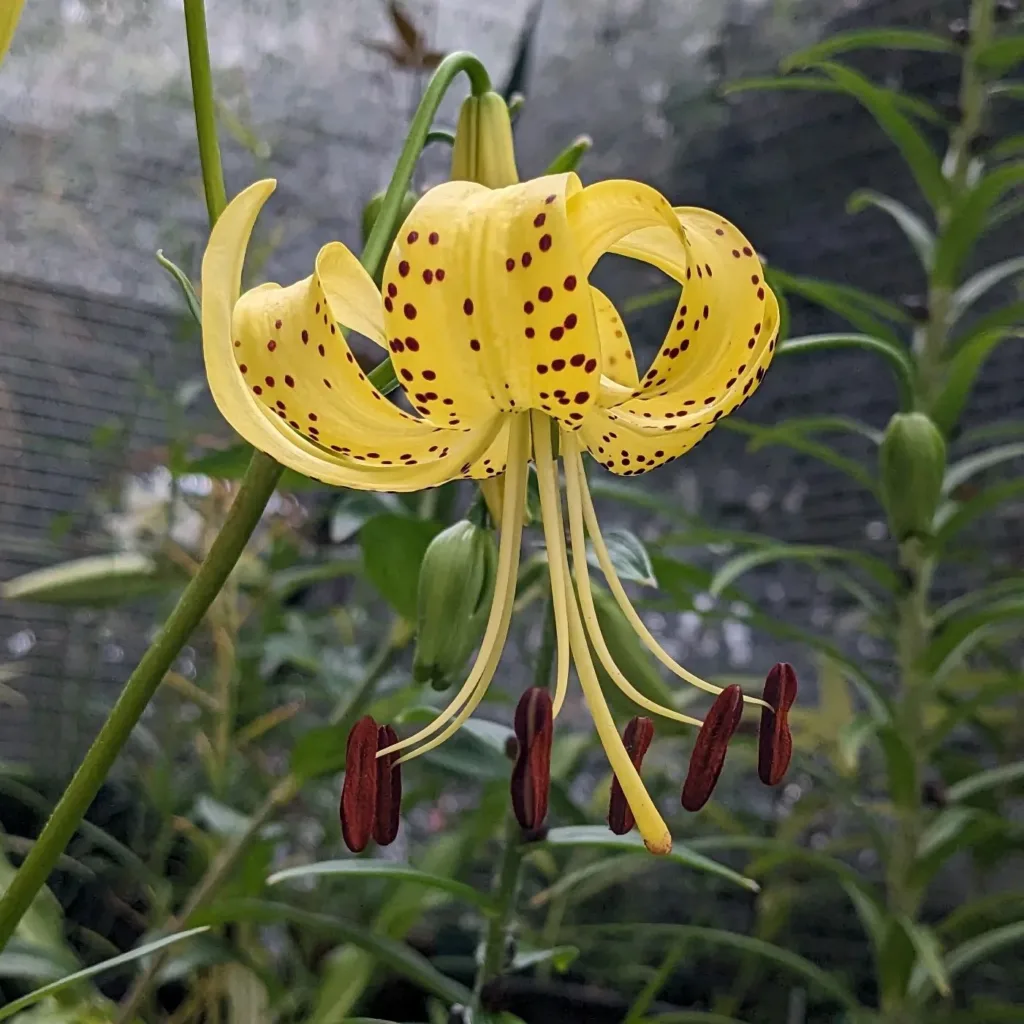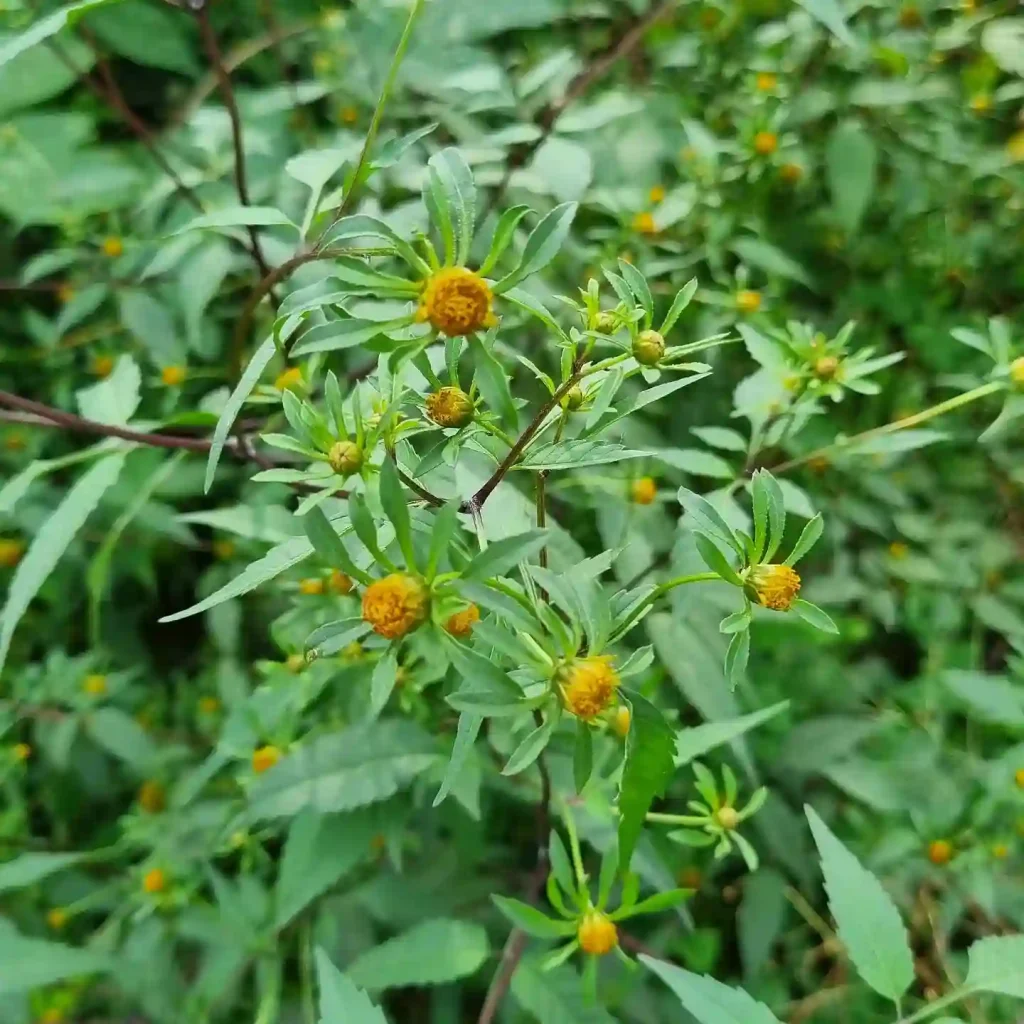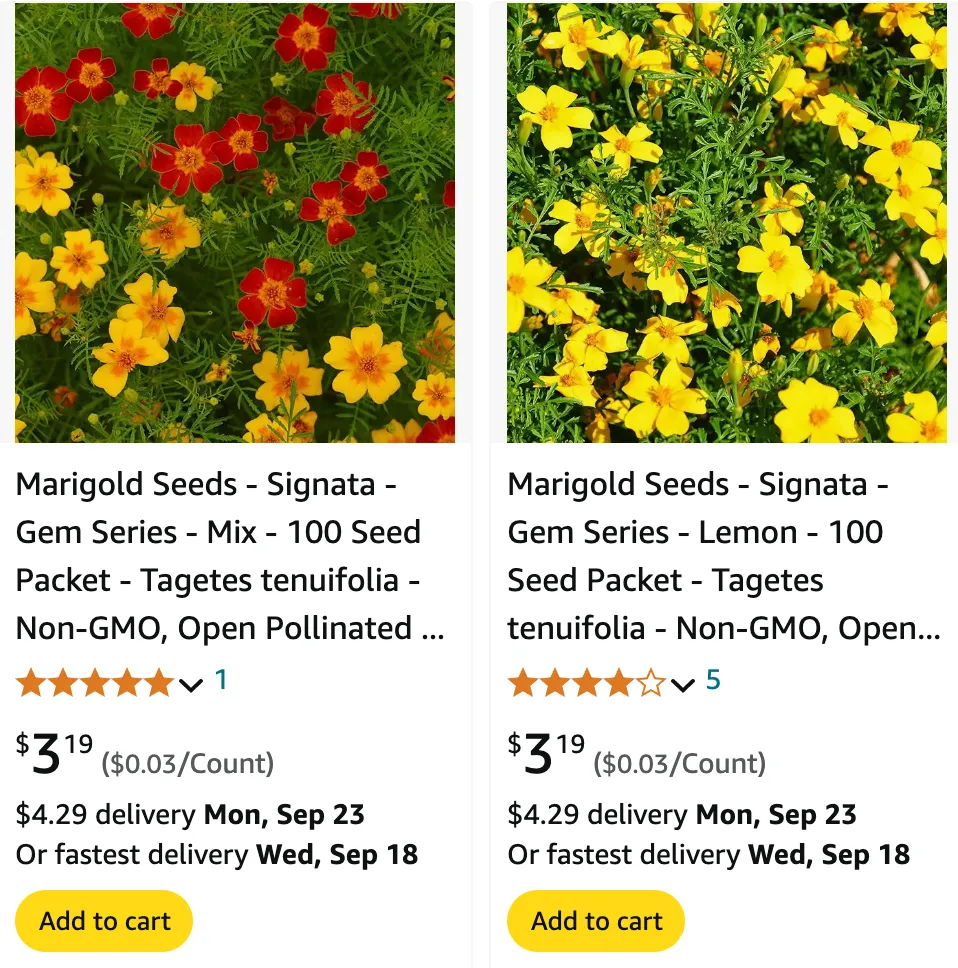
FAQs About Tagetes Tenuifolia
As a garden enthusiast, I’ve had my fair share of encounters with different marigold varieties. One that particularly stands out is Tagetes Tenuifolia, a marigold species often referred to as the “Signet Marigold” or “Lemon Marigold.” If you’re curious about this plant, you’re in the right place. Here’s a comprehensive guide to answering the most frequently asked questions about Tagetes Tenuifolia.
50 Species in Genus Tagetes
What Kind of Marigold Is Tagetes Tenuifolia?
Tagetes Tenuifolia is a type of marigold known for its delicate, feathery foliage and small, vibrant flowers. Unlike the more common Tagetes Erecta (African Marigold) or Tagetes Patula (French Marigold), T. Tenuifolia has a more refined appearance. The flowers are usually a bright, cheerful yellow or orange, and they have a slightly lemony fragrance. This marigold is often chosen for its ability to attract beneficial insects and its neat, compact growth habit.
How to Care for Tagetes Tenuifolia?
Caring for Tagetes Tenuifolia is relatively straightforward. Here’s a rundown of what this plant needs:
- Sunlight: This marigold thrives in full sun. Aim for at least 6 to 8 hours of direct sunlight each day.
- Soil: Well-draining soil is crucial. They prefer loamy or sandy soils but can tolerate a range of soil types as long as there’s good drainage.
- Watering: Water regularly, keeping the soil consistently moist but not waterlogged. Overwatering can lead to root rot, so ensure the pots or garden beds have adequate drainage.
- Fertilizing: Use a balanced fertilizer once a month during the growing season to promote healthy growth and vibrant blooms.
- Pruning: Deadhead spent flowers to encourage continuous blooming and prevent the plant from becoming too leggy.
How to Propagate Tagetes Tenuifolia?
Propagating Tagetes Tenuifolia can be done through seeds, which is the most common method. Here’s how:
- Start Seeds Indoors: About 6 to 8 weeks before the last expected frost, start seeds indoors in seed trays or pots.
- Sowing Seeds: Sow seeds on the surface of the soil and lightly cover them with a thin layer of soil or vermiculite. Keep the soil moist and provide warmth to encourage germination.
- Transplanting: Once the seedlings are strong enough and the risk of frost has passed, harden them off by gradually exposing them to outdoor conditions before transplanting them into your garden.
What to Plant With Tagetes Tenuifolia?
Tagetes Tenuifolia pairs well with various plants. Here are a few suggestions:
- Companion Plants: Marigolds are known for their ability to repel certain pests. Plant them alongside vegetables like tomatoes, peppers, and cucumbers to protect these crops from nematodes and aphids.
- Flower Combinations: They work beautifully with other annuals like petunias, salvia, and calibrachoa. Their bright colors and compact size make them an excellent border or filler plant in flower beds.
Can You Grow Tagetes Tenuifolia Indoors?
While Tagetes Tenuifolia is typically grown outdoors, it can be grown indoors with some care. Place it in a sunny location where it can receive plenty of light. Use a well-draining potting mix and ensure good air circulation to prevent mold and pests. Regular watering and occasional fertilizing will help keep the plant healthy.
Is Tagetes Tenuifolia Toxic?
Tagetes Tenuifolia is generally considered non-toxic. Unlike some plants that can cause irritation or poisoning, marigolds are safe around children and pets. However, it’s always a good idea to prevent pets from chewing on plants, as ingesting large quantities of any plant material might cause digestive upset.
Benefits of Tagetes Tenuifolia
- Pest Control: As mentioned, these marigolds help repel pests, making them a valuable addition to vegetable gardens.
- Aesthetic Appeal: Their vibrant blooms add a splash of color to garden beds and containers.
- Edible Uses: The flowers are edible and can be used in salads or as a garnish, adding a zesty flavor and a pop of color.
Common Problems with Tagetes Tenuifolia
Despite their hardy nature, Tagetes Tenuifolia can face a few issues:
- Powdery Mildew: This fungal disease can cause white, powdery spots on leaves. To prevent this, ensure proper spacing for good air circulation and avoid overhead watering.
- Pests: Watch out for aphids and spider mites, which can affect the plant’s health. Regular inspection and appropriate treatment can manage these pests.
Compare Tagetes Tenuifolia with Other Marigolds
When comparing Tagetes Tenuifolia to other marigolds, such as Tagetes Erecta or Tagetes Patula, here are a few points to consider:
- Size: T. Tenuifolia is smaller and more compact compared to the larger, more robust T. Erecta.
- Flower Appearance: The flowers of T. Tenuifolia are generally smaller and more delicate than those of T. Patula or T. Erecta.
- Uses: While all marigolds are beneficial in repelling pests, T. Tenuifolia is often preferred for ornamental purposes due to its refined appearance.
In conclusion, Tagetes Tenuifolia is a charming and versatile marigold variety that offers both aesthetic and practical benefits. Whether you’re looking to brighten up your garden, repel pests, or add an edible touch to your dishes, this marigold has something to offer. Happy gardening!
If i die, water my plants!
